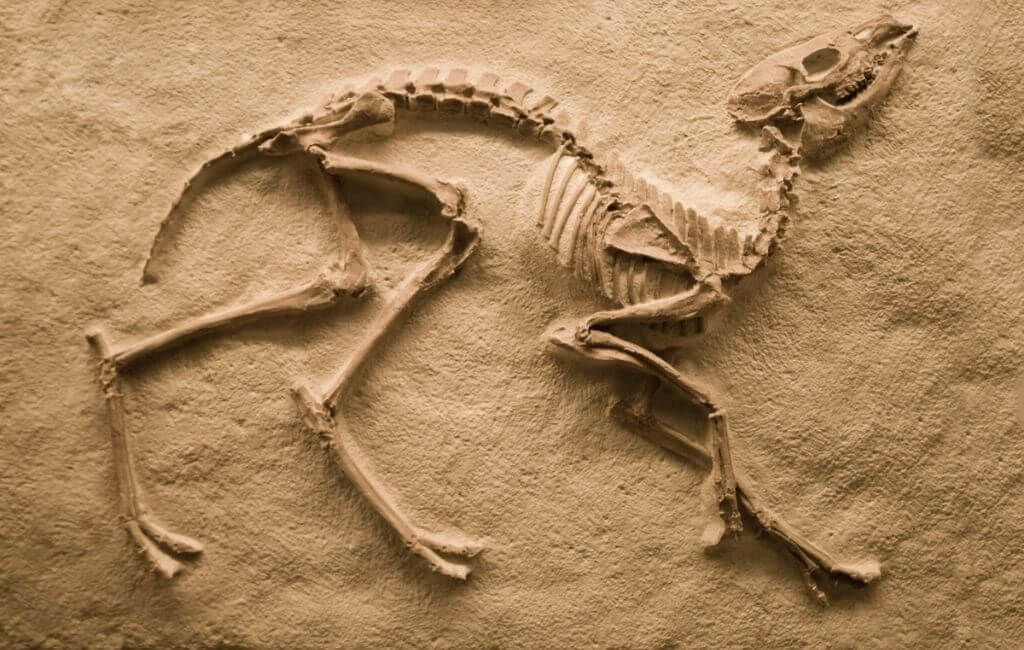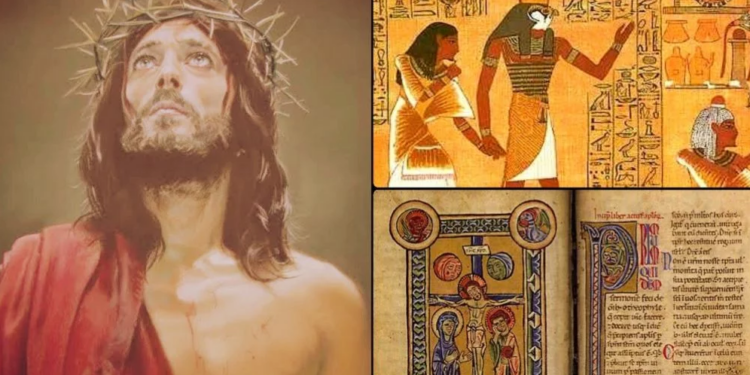Mysterious Inscription on Ancient Sphinx Deciphered, Revealing Unusual Message

The inscription had baffled scholars for more than a century, but it has finally been deciphered, revealing a short and unusual poem.

Dating back to the 3rd century, the bronze Sphinx statue originated in Dacia, a Roman province that largely corresponds to modern Romania.
Taking the form of a winged lion, “the sphinx was perceived by the original creators and users of the artifact as a representation of a mythical deity whom they honored and worshiped,” said Peter Revesz, author of a study published in the journal Mediterranean. Archeology and Archaeometry.
After being discovered in the 19th century, the statue was stolen from a European count around 1848. And although it was never recovered, a detailed drawing of it remained, in which an inscription composed of a handful of characters can be distinguished on the base.

Credit: PZ Revesz, MAA, 2024.
For decades, scholars examined the drawing, trying to decipher the inscription. However, they were not successful, perhaps because, in an “unusual” break from ancient norms, it is read from right to left.
«The characters may seem mysterious at first. But once the mirror effect is noticed, they become easily recognizable as letters of the Greek alphabet, some of them in a more archaic form,” said the author of the study who, after examining ancient alphabets, determined that the message was a poem. proto-Hungarian.
Translated into Spanish, it says: “Look, contemplate, worship: here is the sacred lion,” which can be interpreted as a command to venerate the sphinx.

Credit: PZ Revesz, MAA, 2024.
“The deciphered poem is notable because the cult of the sphinx was not part of the predominant ancient Roman mythology that features the Roman gods and goddesses that many people are familiar with today,” Revesz explained. “It is significant that this sphinx statue provides a record of a minority religion within the Roman Empire, for which records are much scarcer.
Depictions of the deity first emerged in Egypt and parts of the Middle East in the third century BC and were later found throughout the Mediterranean world.
The text is also abnormal in that it is written as a metrical poem, while most inscriptions at that time were written in prose.




